Duties under the model WHS laws
A PCBU has a duty under the model WHS laws to eliminate risks to health and safety of workers and other persons so far as is reasonably practicable. If it is not reasonably practicable to eliminate risks, they must be minimised so far as is reasonably practicable.
This means you must do all that you reasonably can to manage the risk of violence and aggression occurring at the workplace.
You must also, so far as is reasonably practicable:
- provide and maintain a work environment that is without risk to the health and safety of workers
- provide adequate and accessible facilities for the welfare of workers to carry out their work
- give workers the necessary information, instruction, training or supervision to do their job safely and without risks to health, and
- consult with workers, and health and safety representatives (HSRs) if you have them, about health and safety issues that may directly affect them.
An information sheet for small businesses has simple guidance to help small business owners meet their WHS duties.
The Guide on preventing workplace violence and aggression has more information on your WHS duties and managing risks of workplace violence and aggression at work.
Workers’ WHS duties
Workers including employees, contractors, subcontractors, labour hire employees, outworkers, apprentices or volunteers have a duty to:
- take reasonable care for their own health and safety while at work
- take reasonable care to not adversely affect others’ health and safety
- comply with reasonable instructions
- co-operate with reasonable policies and procedures, for example a workplace bullying policy.
